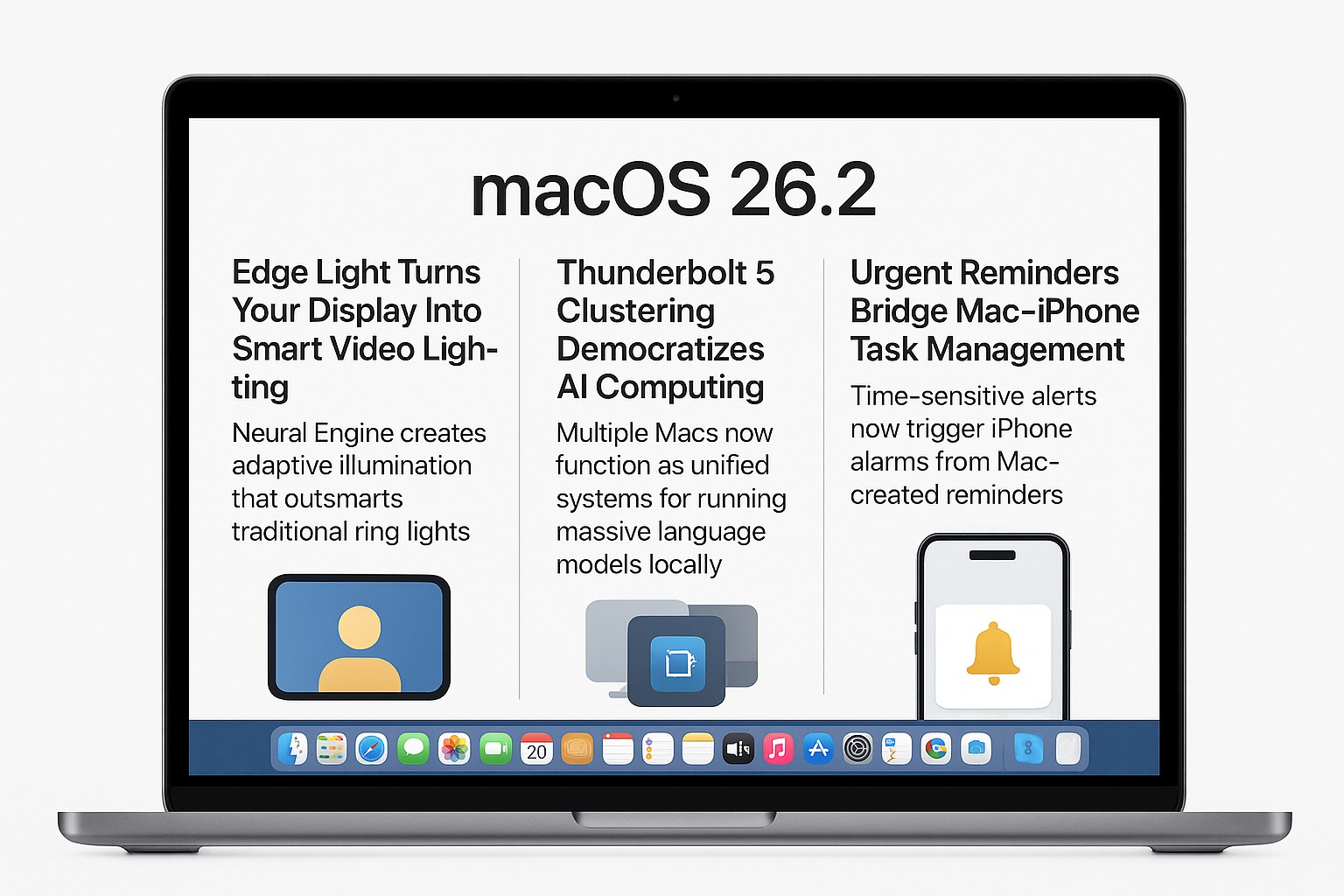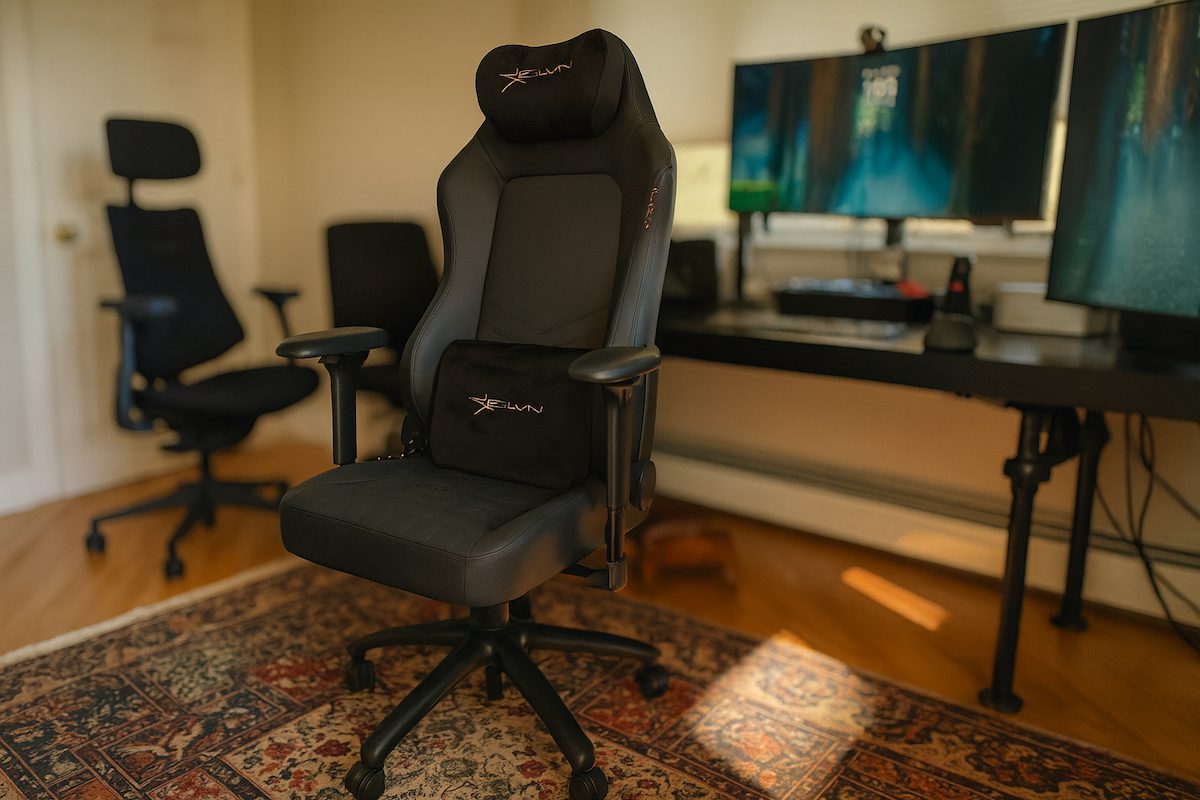Your teenager’s bedroom door is closed, but their digital life remains wide open. The question keeping parents up at night isn’t whether to monitor, but how much surveillance crosses the line from protection into invasion.
This choice boils down to two fundamentally different philosophies: native parental controls that teach boundaries, or third-party monitoring software that reveals everything. Both, ultimately, have their place when it comes to safety.
Teaching Habits vs. Tracking Everything
Built-in controls focus on building healthy digital routines, while monitoring apps prioritize comprehensive surveillance.
Apple Screen Time, Google Family Link, and Microsoft Family Safety operate like digital training wheels. They set app limits, filter content, and track location—but they’re transparent. Your child knows the rules and can see their screen time stats.
mSpy takes a different approach. It logs keystrokes, monitors WhatsApp conversations, and can remotely access cameras. It focuses on knowing everything your child does online, whether they (or anyone else) are aware or not. One of its most requested features is the ability to check other WhatsApp account activity, giving parents visibility into conversations that might otherwise remain hidden.
The Setup
Native controls work immediately and cost nothing, but are more limited in their functionality. Monitoring software demands technical setup and ongoing payments, but is more comprehensive.
Setting up Screen Time takes three taps in Settings. Family Link syncs across Google accounts automatically.
mSpy requires physical device access and technical installation and will start at $11.66 monthly in 2025. Some features will also require rooting Android phones or jailbreaking iPhones, and you should be aware that these procedures can potentially void warranties and create security vulnerabilities. If you intend to casually use the software without getting into the nitty-gritty, you’ll be more feature-limited.
When Each Approach Makes Sense
Choose based on your family’s specific risk level and trust dynamics.
Built-in parental controls excel for everyday digital parenting. They prevent inappropriate content, limit gaming binges, and encourage healthy device habits. Most families find these sufficient for children who haven’t exhibited concerning online behaviors.
mSpy serves families facing serious digital safety concerns, such as suspected cyberbullying, secretive social media use, or contact with strangers. Its comprehensive monitoring can provide crucial evidence during safety crises, according to cybersecurity research.
The trade-off? Hidden monitoring can damage trust permanently, especially with teenagers who discover the surveillance.
Your choice ultimately depends on whether you’re building digital citizenship or investigating digital dangers. Most families benefit from starting transparent and escalating only when safety demands it. But if safety does demand it, mSpy can do it.





























